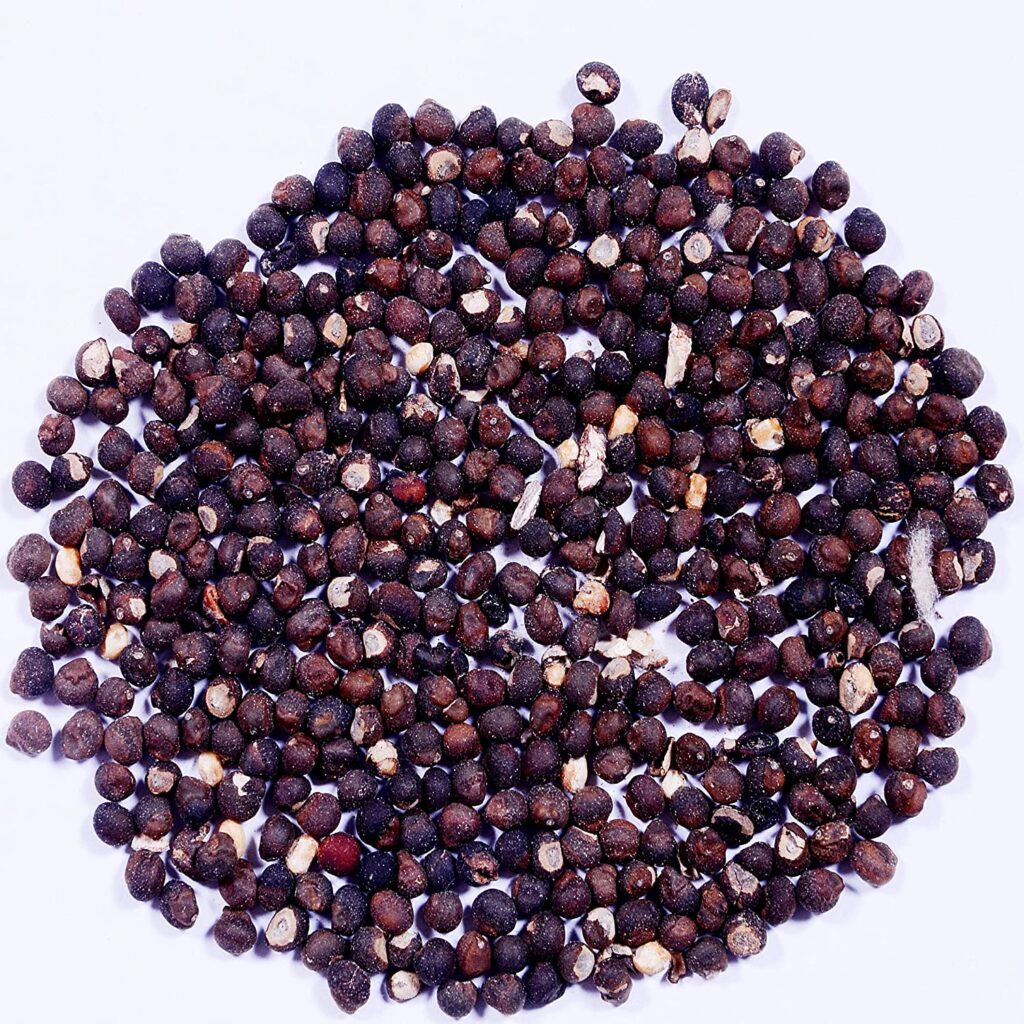The Kapok tree that grows in Indonesia will harvest in October or at the end of the dry season. That’s why the harvesting is carried out gradually to avoid the fruit ripped out and broken. But how about the condition of kapok tree post-harvest, before used by kapok fibre suppliers? For further information, here is the explanation.
The Condition of Kapok Tree During Post-Harvest

The Result of Collecting the Kapok Tree and Processing
There are numerous ways to harvest kapok trees. One of the easy ways that are commonly used by the farmer is shaking the fruit branches or beating with bamboo sticks. Besides, there is still another traditional way to harvest this plant by climbing the tree. After that, the fruits that fall on the ground should be picked immediately and put in the sack.
Not only that, kapok must be dried in the sun before processing in the next stage. However, to prevent the kapok fiber scatter during this process, then the entire dying floor is fenced with wire or screen. The size of the wire should have small particles to prevent kapok fiber scatter everywhere.
Properties and Benefits of Kapok Fiber
Kapok fibers come from the epidermal cells of the fruit skin. These cells begin to grow 16 days after flowering. The old fibers will form an empty lumen and thin walls. The characteristic of the kapok fruit wall is that it is smooth and coated with a layer of wax so that it produces a very light cotton fiber. Therefore, kapok can insulate heat and sound.
Kapok also has a light characteristic, that’s why they cannot be spun into yarn because one fiber is not attached. Besides, kapok also has the greatest floating properties, so it is widely used for several needs, including material for boats. Not only that, but kapok can also be used for stuffing that is processed by kapok fibre suppliers such as soft toys, pillows, mattresses, etc.
Kapok Seeds

Kapok can produce seeds twice as heavy as fiber. These seeds are processed into oil and used as raw material for making soap and partly for consumption. This yellow kapok oil can also be used as the main ingredient for making fertilizers because the nitrogen content is around 4 to 5% and 2% folic acid. This is beneficial for various types of soil and can improve soil structure.
Production and Market Prospects
Large production of kapok is also exported to various countries. To increase the value of kapok, market prospects are adjusted to the needs of consumers. As previously explained, the main processing of kapok trees is fiber, seeds, and skin. But, high production of kapok fiber makes this natural material product sold directly in the form of mattresses, pillows, and bolsters.
In conclusion, after the kapok tree is harvested, it requires several processes so it can have a high selling value. The condition of kapok tree post-harvest, cotton fiber, seeds, and skin can be used to make various items. For further explanation about kapok fiber filling, you can access it at kapokfibersuppliers.com.

